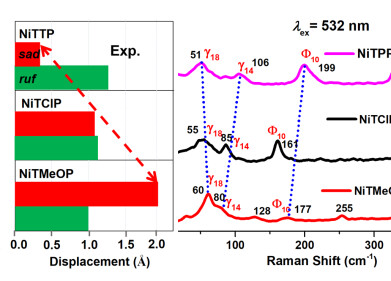Mass spectrometry & spectroscopy
What is Campylobacter?
Jun 05 2022
Campylobacter bacteria live in the digestive tracts of animals such as cows, pigs, chickens and sheep and are generally harmless. However, when bacteria are released into water sources or contaminates products such as raw poultry and milk, it can cause serious infections in humans.
Below, we take a closer look at Campylobacter, explore how the bacteria spread and highlight common symptoms to look out for.
A closer look at Campylobacter bacteria
As a gram-negative bacterium, Campylobacter is encased in a protective shell. This helps protect the bacteria from attacks from white blood cells, the body’s natural form of defence against pathogens. This puts Campylobacter in the same group as Escherichia coli, which is also resistant to white blood cell attacks and antibiotic treatment. When consumed by humans, Campylobacter causes inflammation in the large intestine. The condition is known as colitis, with symptoms ranging from mild to severe.
How Campylobacter infections thrive
Also known as campylobacteriosis, Campylobacter infection is caused by outbreaks of Campylobacter bacteria in the body. Infections are usually contracted by consuming contaminated food or water. Campylobacteriosis can also be contracted via contact with infected animals, including cows, chickens and turkeys. Like Salmonella, only miniscule amounts of Campylobacter bacteria can cause serious illness. For example a single drop of raw poultry juice. For this reason, food manufacturers are extra vigilant when it comes to testing and analysis.
In the United States, Campylobacter bacteria is a leading cause of diarrheal illness. For every 100,000 US citizens, the Foodborne Diseases Active Surveillance Network estimates around 20 cases of campylobacteriosis are diagnosed. As many cases often fly under the radar and go undiagnosed, the Centres for Disease Control and Prevention estimates numbers could be as high as 1.5 million people per year.
Symptoms of Campylobacteriosis
Diarrhoea is the most common symptom, often accompanied by blood. Drinking plenty of water is essential, as the chronic diarrhoea caused by Campylobacter infections can quickly dehydrate the body and worsen other symptoms.
Many people experience stomach cramps, nausea and fevers during a Campylobacter infection. Addition complications, such as temporary paralysis and irritable bowel syndrome can also materialise, though cases are less common. For people with compromised immune systems, the risks of Campylobacter infiltrating the bloodstream are high. Infections can be severe and lead to fatalities if left untreated.
Campylobacter isn’t the only pathogen on the radars of food analysis scientists. Bacteria such as Salmonella and Escherichia coli are also key culprits when it comes to foodborne illness. Find out more about both in ‘Bacteria in Food - Types, Testing & Problems’.
Digital Edition
ILM 50.2 March 2025
March 2025
Chromatography Articles - Effects of small deviations in flow rate on GPC/SEC results Mass Spectrometry & Spectroscopy Articles - Waiting for the present to catch up to the future: A bette...
View all digital editions
Events
Mar 17 2025 Milan, Italy
Mar 18 2025 Beijing, China
Mar 20 2025 Brussels, Belgium
Mar 20 2025 Chandigarh, India
ACS National Meeting & Expo, Spring 2025
Mar 23 2025 San Diego, CA, USA



















